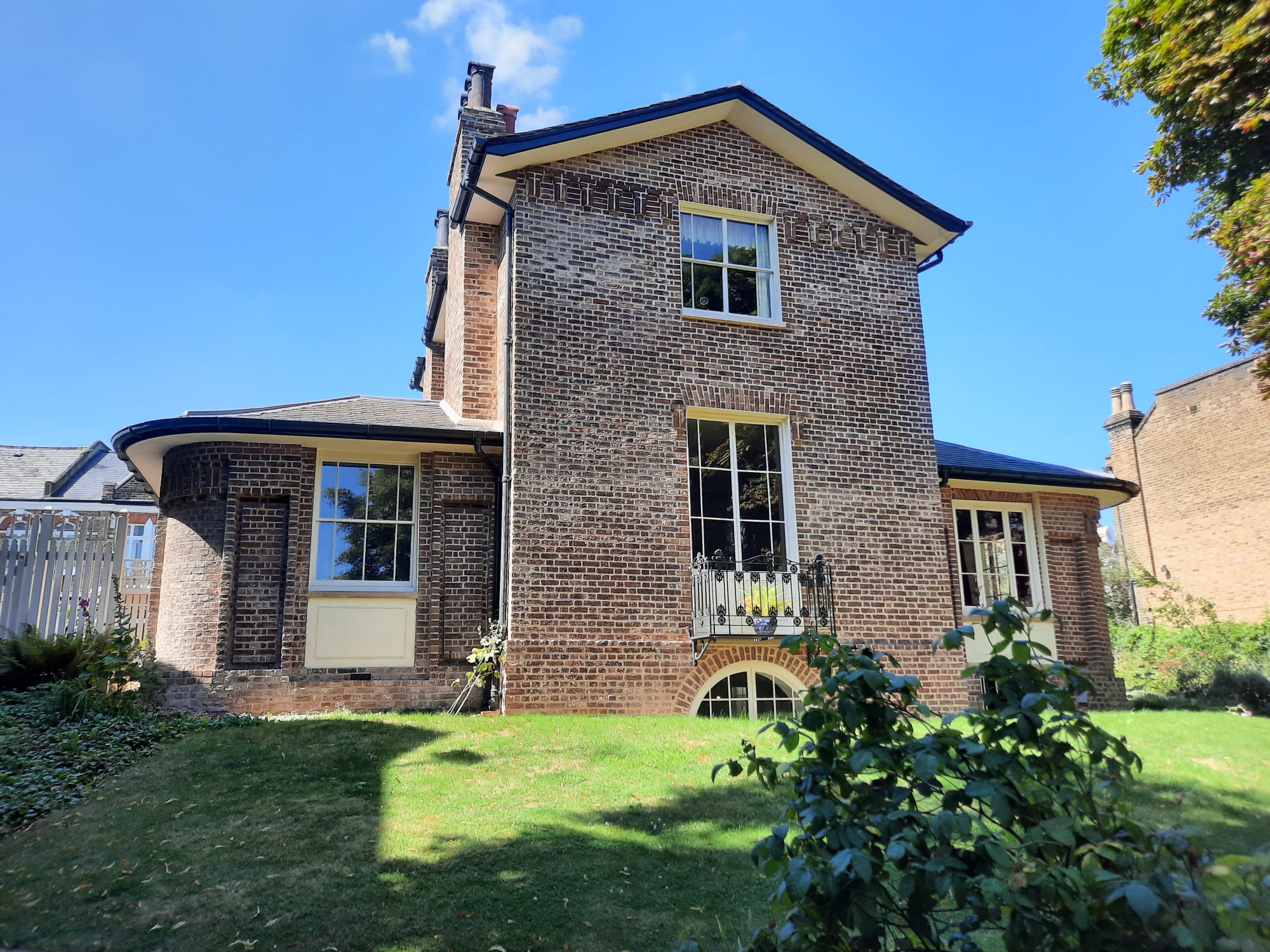Turner’s House (Sandycombe Lodge), London
A visit to Sandycombe Lodge, the only surviving house Turner lived in, is a story of how sometimes it only takes one or two passionate individuals to preserve important bits of history.
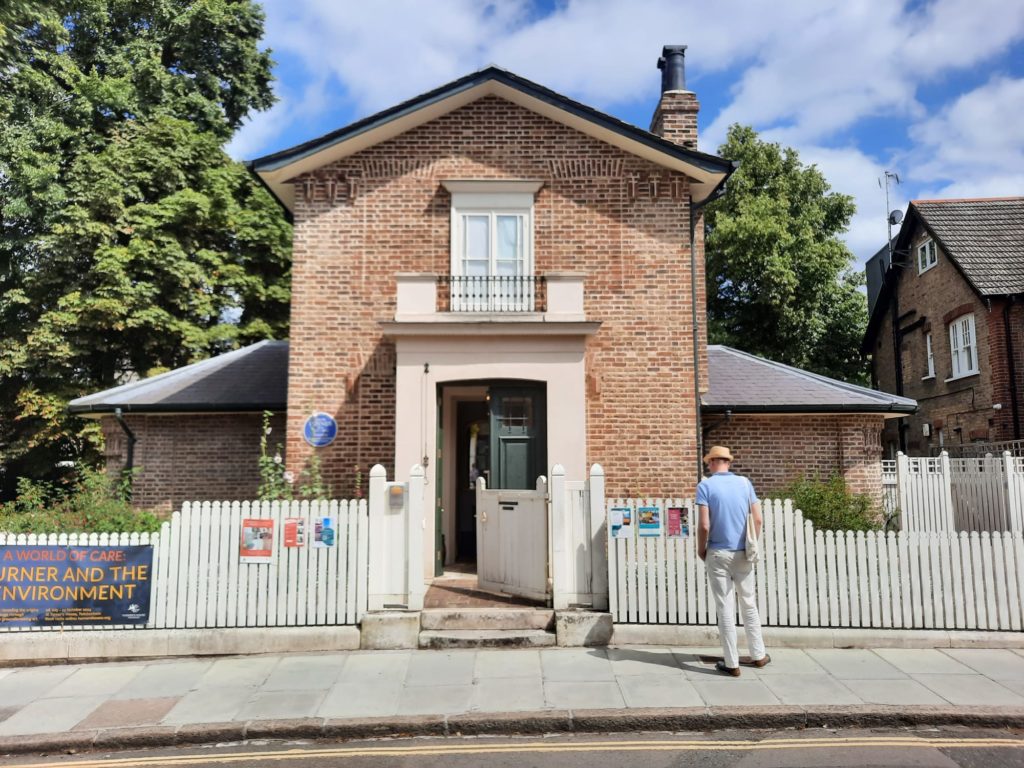
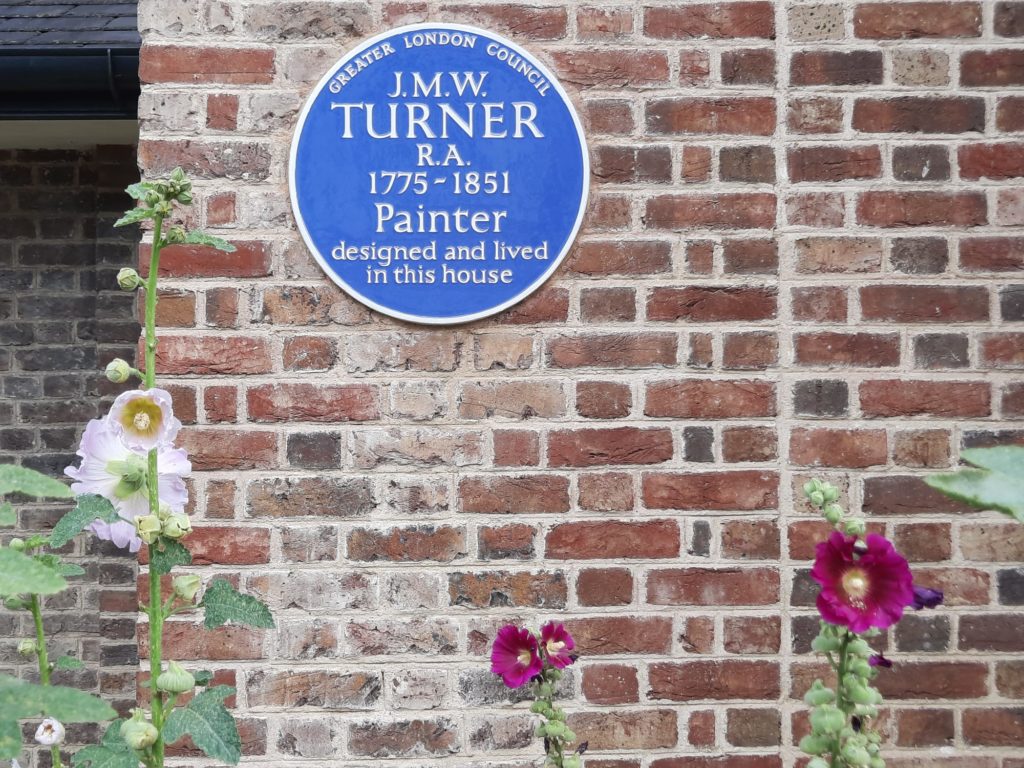
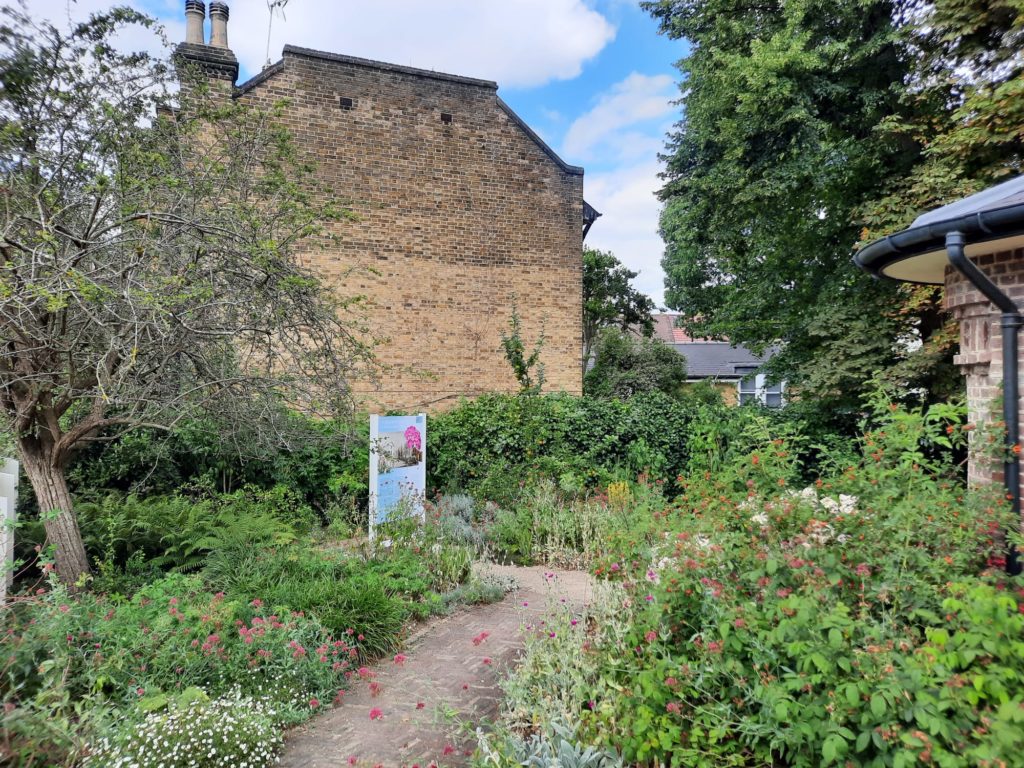
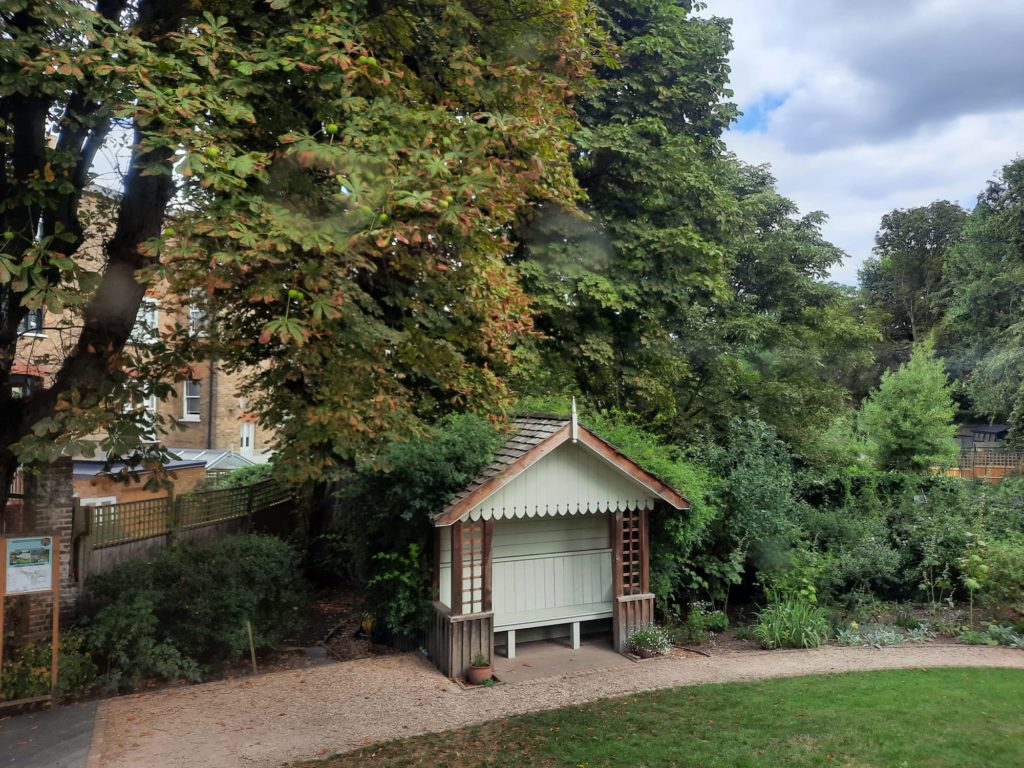
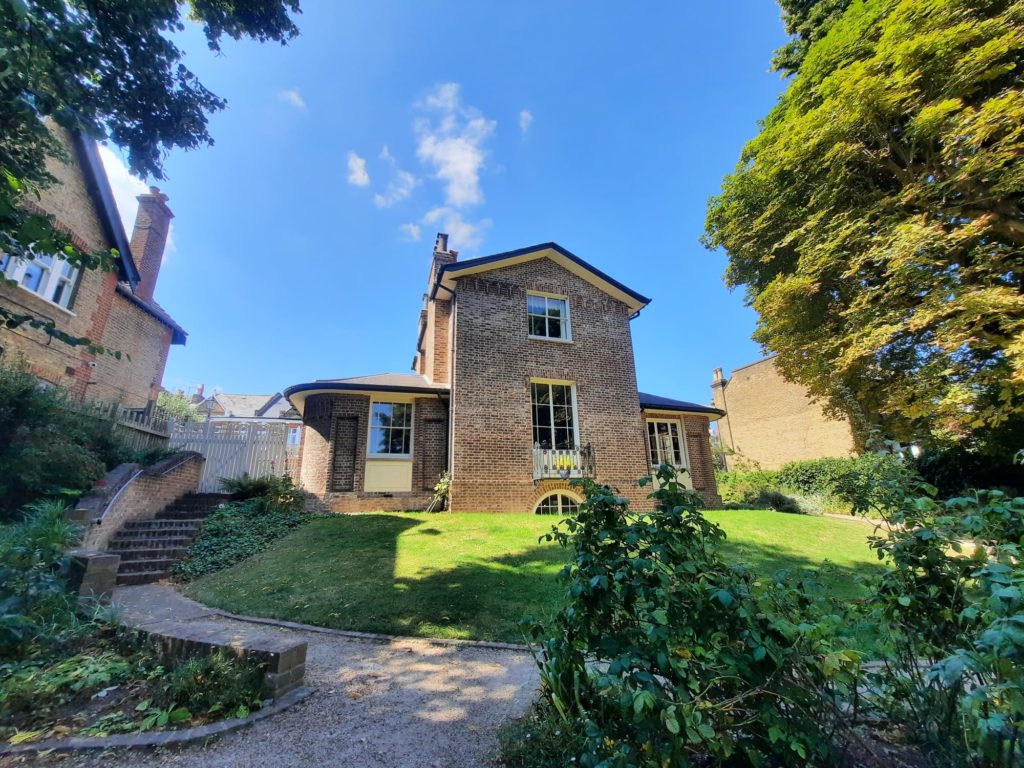
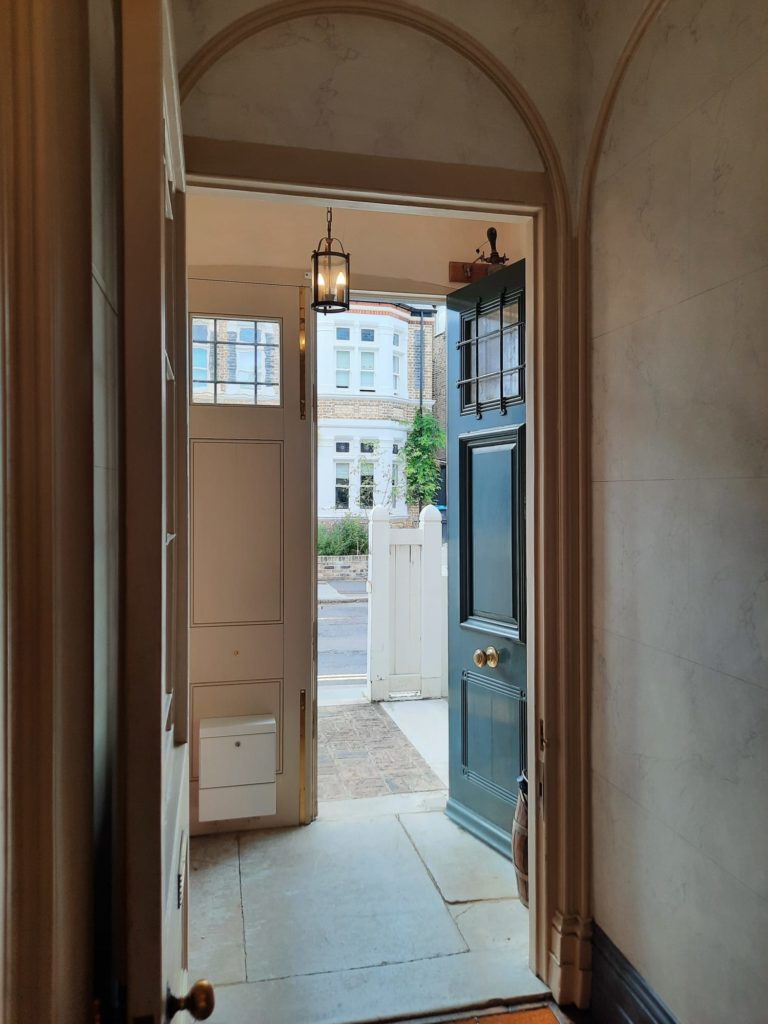
Turner in Twickenham
A sunny day last summer felt like the perfect time for a trip out to West London to discover a new sight. And so it was that the Urban Geographer and I made our way to St Margarets, between Twickenham and Richmond. This is quite a heritage-rich spot within London, in large part thanks to the high volume of lovely riverside homes and estates that used to exist here. We’ve seen Pope’s Grotto and Marble Hill, Orleans House Gallery (the last remaining vestige of the Duc d’Orléans’ London residence), and there is plenty more besides.
Today’s visit, which coincidentally is only a short walk from Marble Hill, is to a less grand but equally interesting spot. Sandycombe Lodge is the only house to have been lived in by the painter J.M.W. Turner to still be in existence. Furthermore, he designed it himself.
In the 1810s, when Sandycombe Lodge was constructed, Turner was already a successful artist. Born in Covent Garden to a modest family (his father was a barber), Turner was already enrolled in the Royal Academy Schools at the age of fourteen. He was also rather pioneering commercially. At the time, the big opportunity for most artists to show off their work was at the Royal Academy‘s summer exhibition. Turner realised he could have more space, control, and selling opportunities in his own gallery. He converted some space in his house into a gallery in 1804 (aged 29). The project was a great success. And so by 1807, the year he also became Professor of Perspective at the RA, he had the funds to purchase two plots of land in Twickenham.
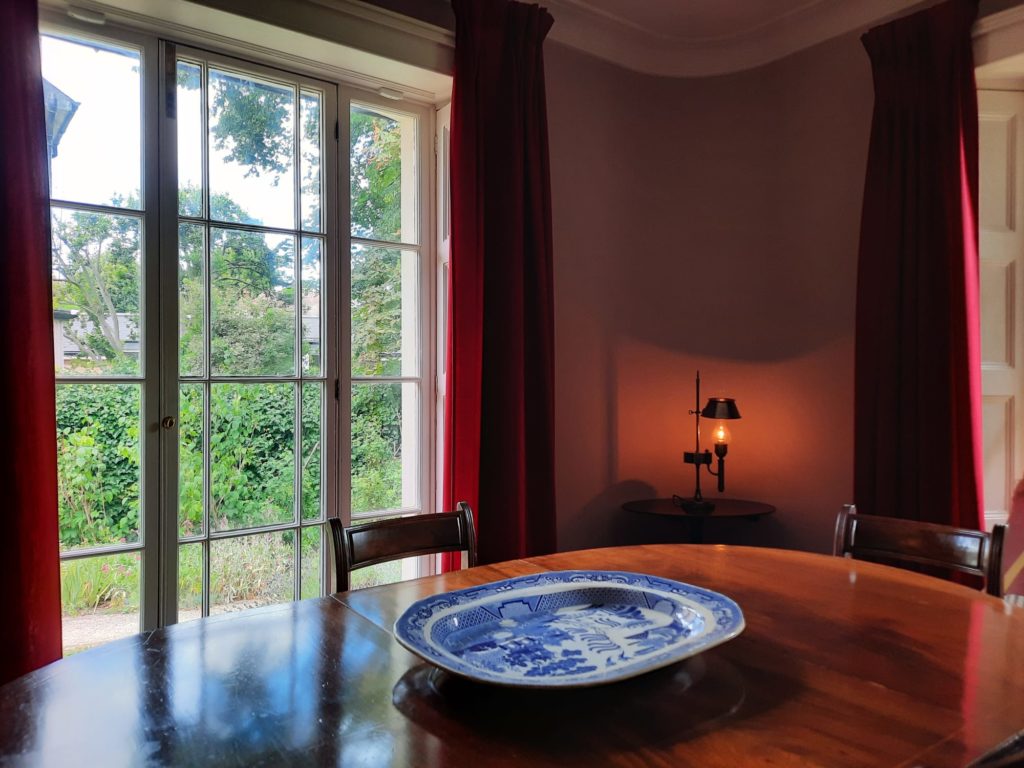
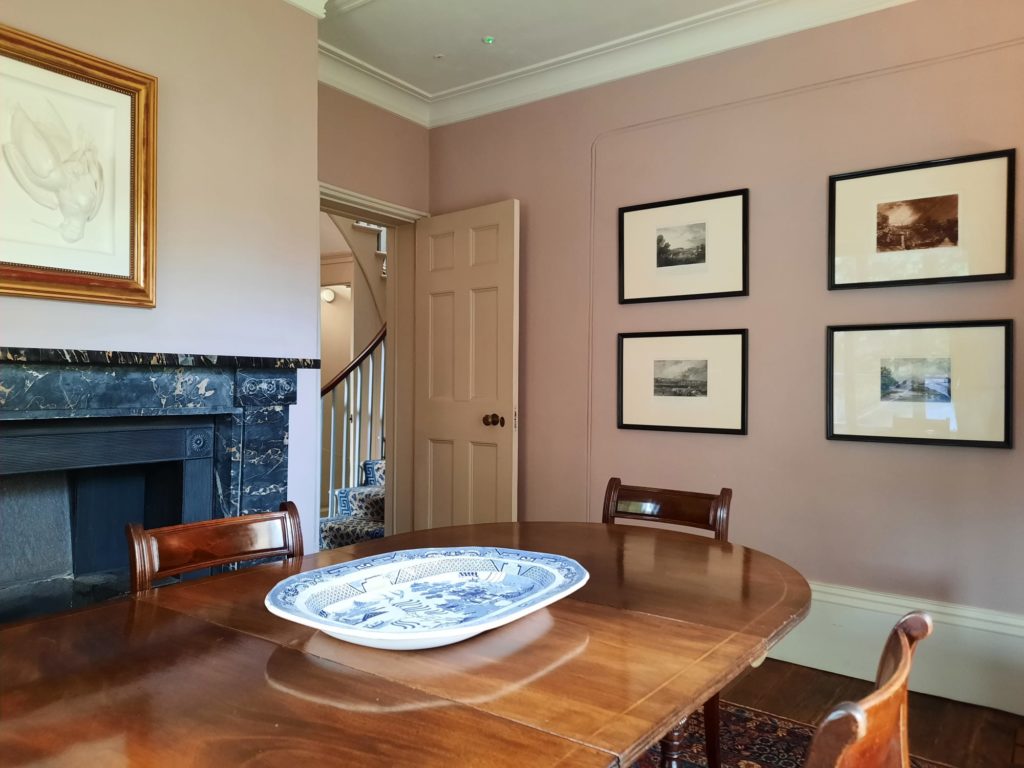
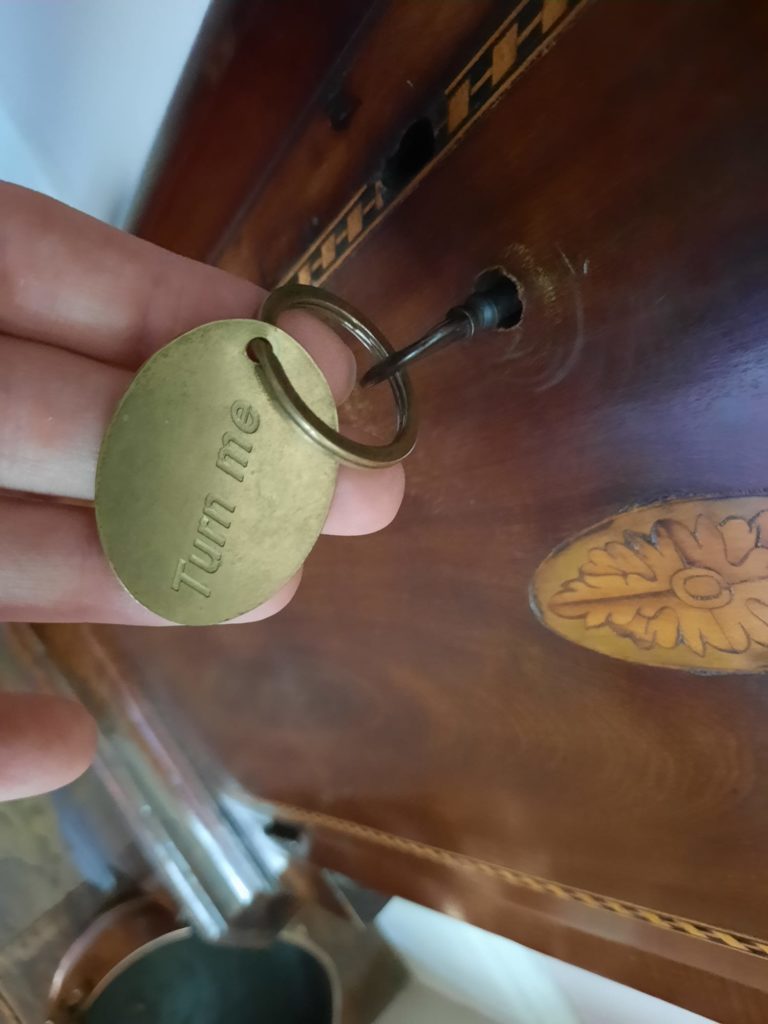
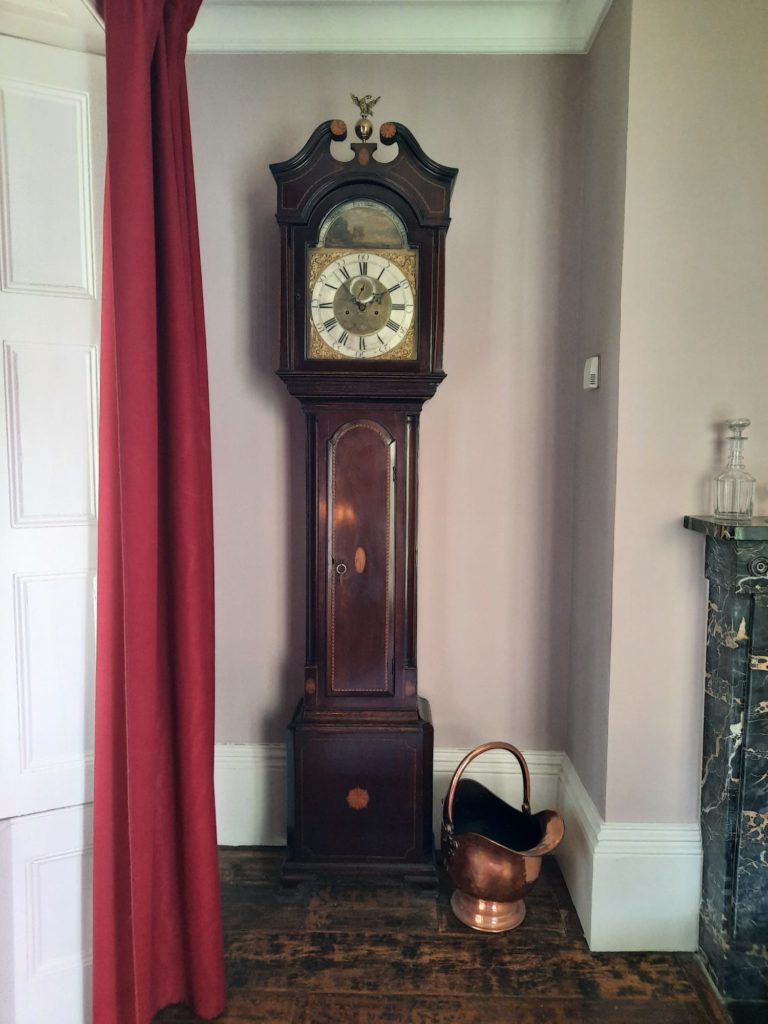
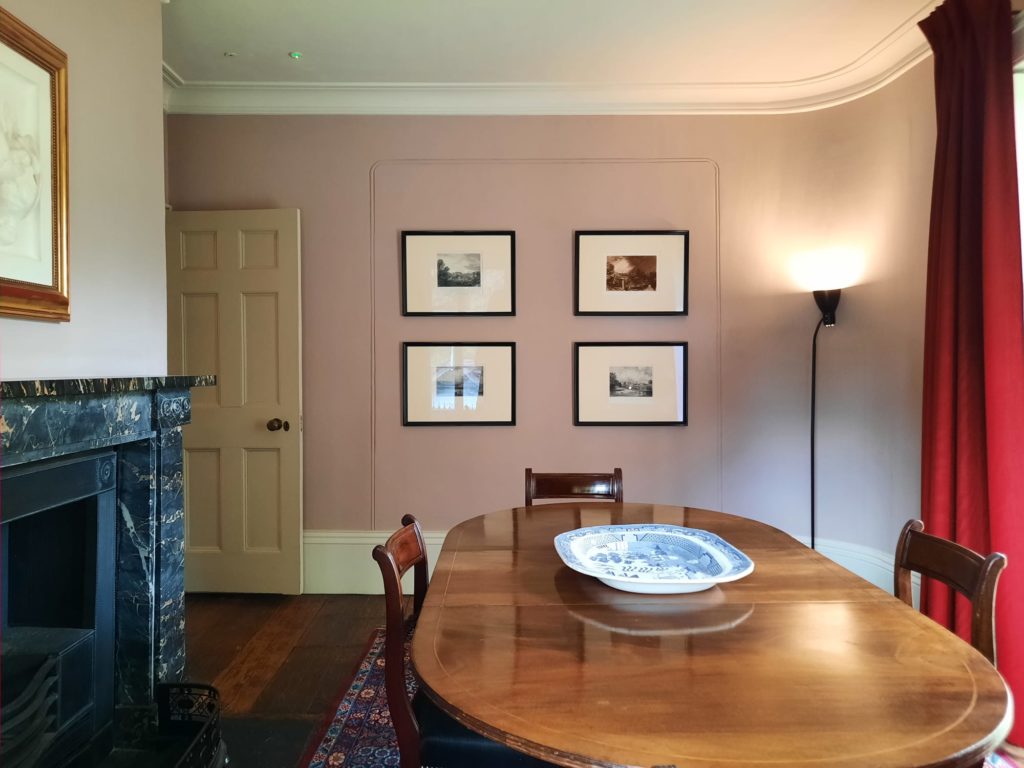
Sandycombe Lodge
Turner didn’t build his country home straight away. But it was on his mind. He doodled various ideas for it in his sketchbooks: the Tate have those now, and have compiled all the ideas into an album you can see at Turner’s House. It seems his friend Sir John Soane gave his opinions, as the final product has some rather Soane-esque flourishes. You may remember that Turner was a guest at the imagined dinner party we saw at Soane’s country house, Pitzhanger Manor.
What Turner settled on was a relatively modest but attractive house in a cottage style. It’s in brick with penny roll pointing, and is two stories at the centre with rounded single-storey side wings. It had enough space to be comfortable, but it’s clear Turner wasn’t entertaining a lot of guests here. Although he did have dinner parties. Instead, he came here when he could, and enjoyed sketching the surrounding areas. Some of his sketches he later worked up into paintings. For company, he had his father, known as ‘Old Dad’. Old Dad looked after the house and gardens. There’s a delightful story about him making friends with the farmers heading into London with cartfuls of produce and arranging passage with them, bumping his way along on top of the vegetables to go and open his son’s gallery of a morning.
Turner only lived in Sandycombe Lodge from 1813 to 1826. It seems he didn’t find as much time to come out here as he had hoped, and so he sold it. It passed through various hands after that. During WWI it was also briefly a factory for making airmen’s goggles. The vibrations of the machinery unfortunately weren’t that good for the house. In 1947 it was purchased by Professor Harold Livermore and his wife Ann, and its next chapter began.
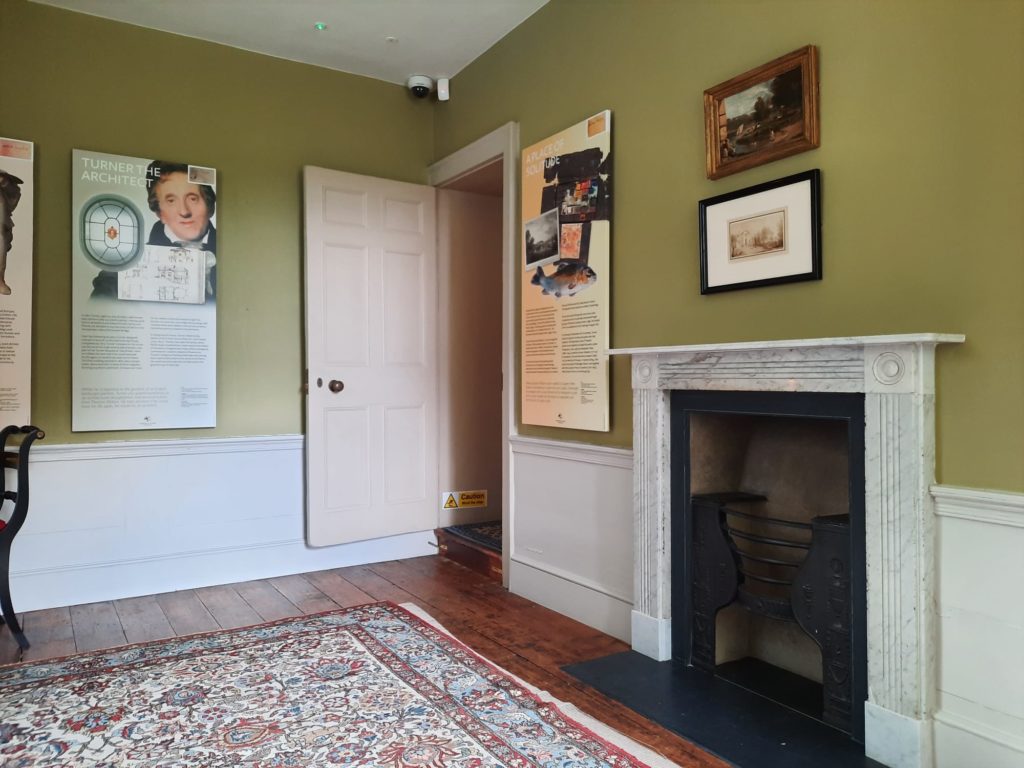
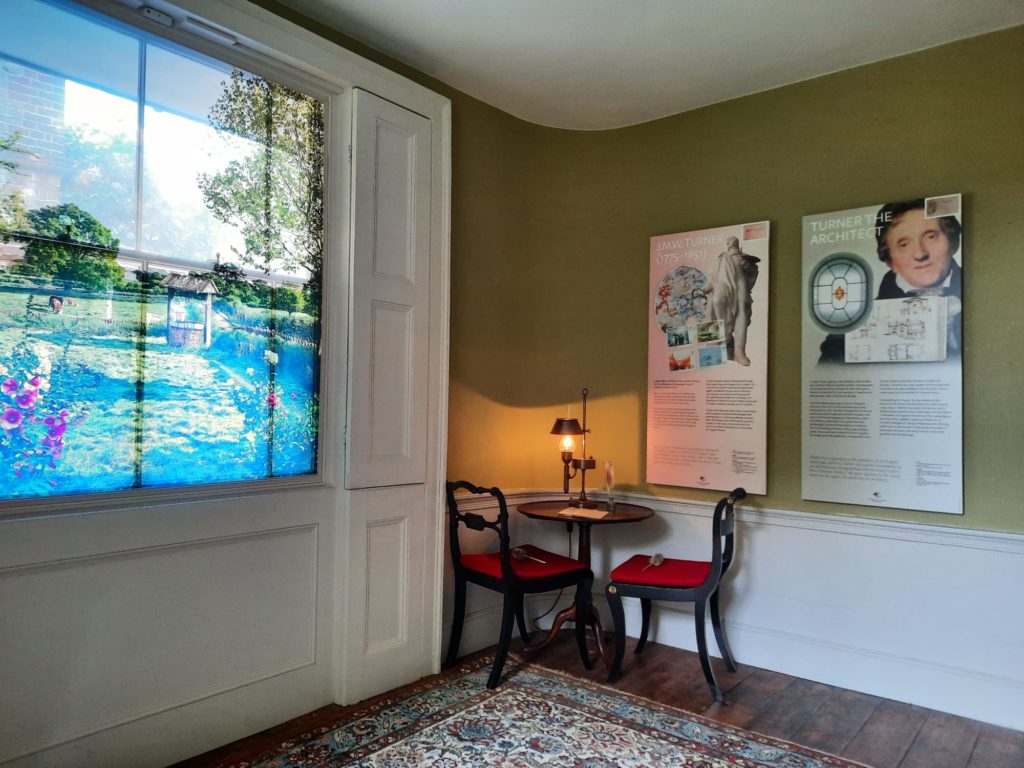
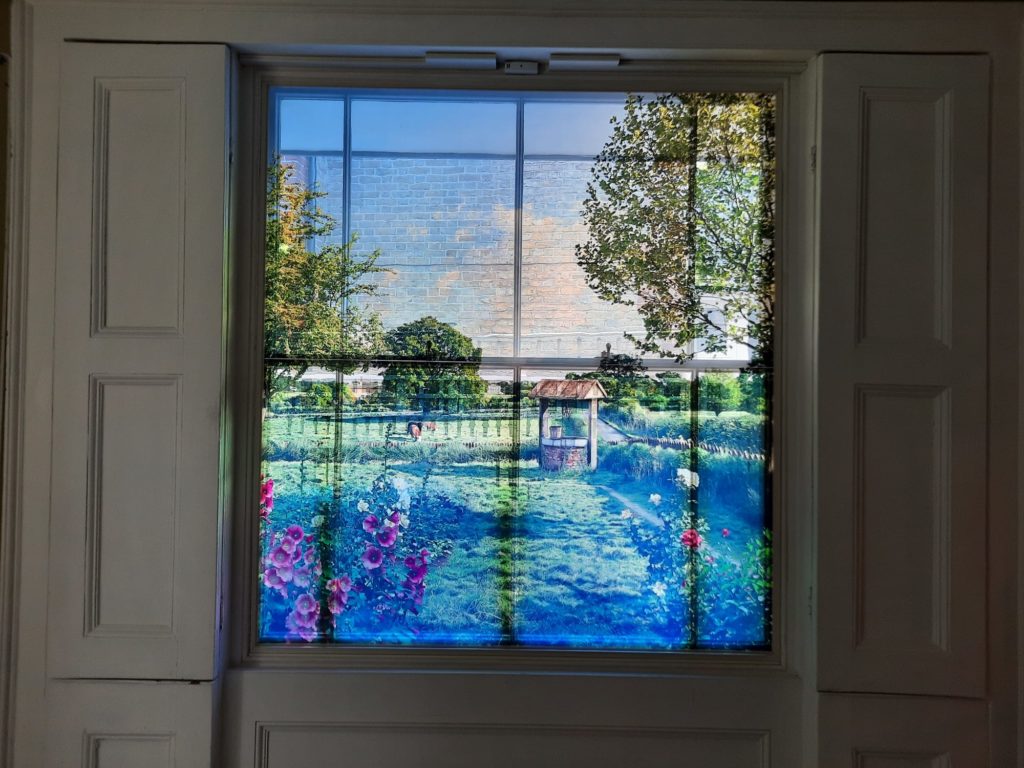
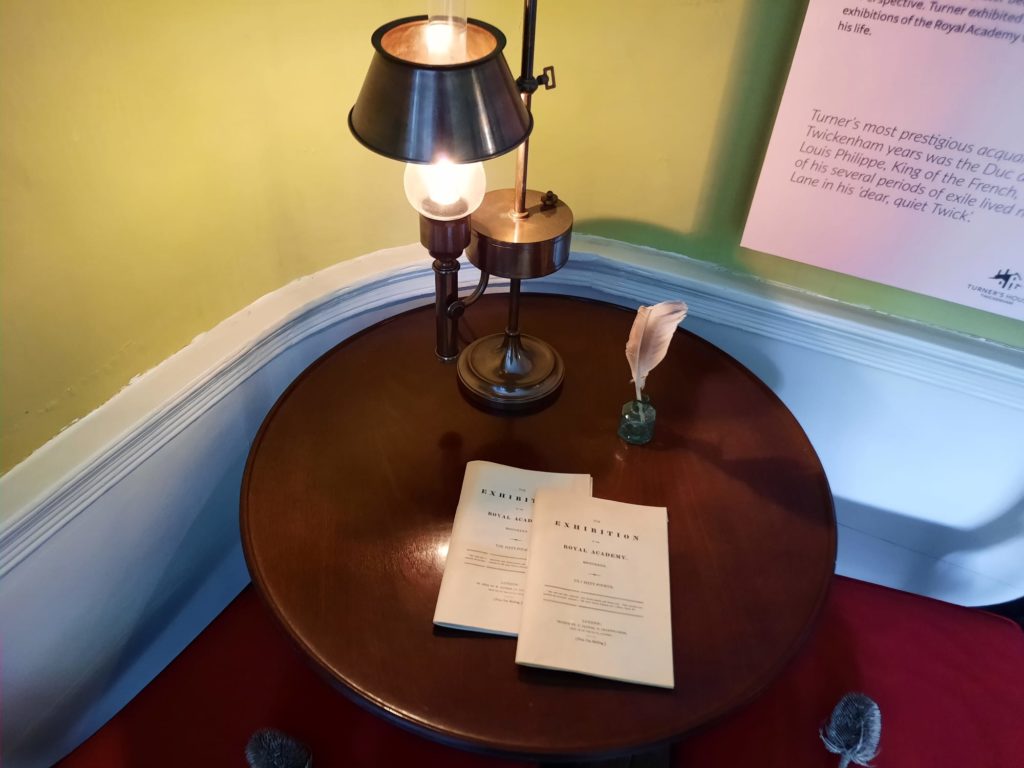
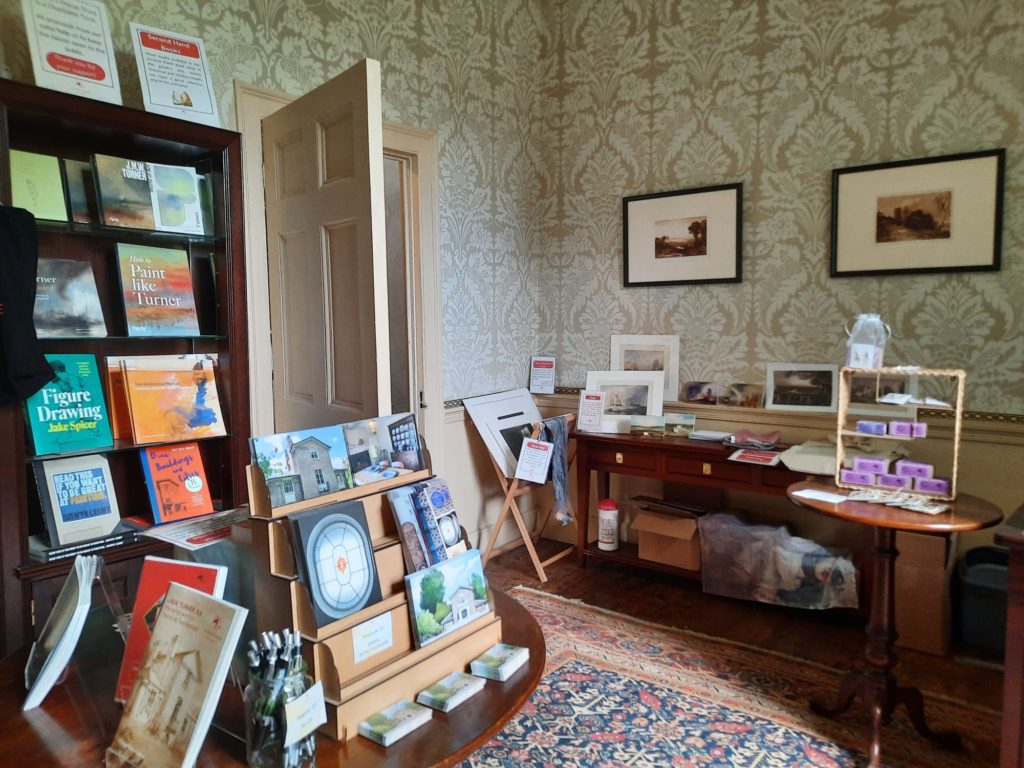
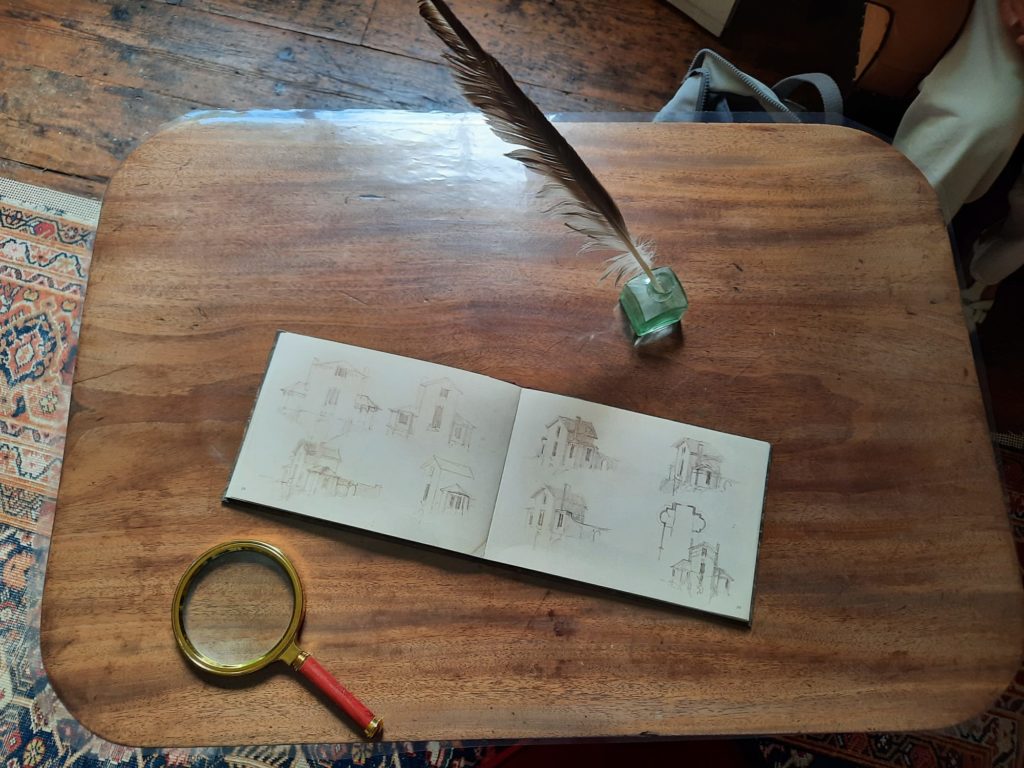
Sandycombe Lodge Becomes Turner’s House Once More
Sandycombe Lodge’s history as Turner’s house was no secret when the Livermores purchased it. But Turner might hardly have recognised it. When Turner lived here, his little plot of land lay in between two large estates. His views were of fields and farmland. The second plot of land nearby was to keep a pony. But in the 19th century extensive housing was built on both estates. Sandycombe Lodge is now on Sandycoombe Street (the spelling probably changed to differentiate it from similarly-named streets), a unique home between strips of terraced housing.
There had also been many alterations to the house. Another blogger has done the work to find what it looked like before restoration: see here. The brickwork was covered up, as you can see, and second stories had also been added to the side wings. There were also internal alterations, although many original features remained. The Livermores didn’t undo these changes, but they did preserve the house carefully. They got it Grade II* listing, protecting it from any more changes. And they set up the Sandycombe Lodge Trust, which later became Turner’s House Trust.
After Harold Livermore died in 2010, the house was turned over to the Trust. The Trust, after careful consideration, decided to do extensive work to return the house’s appearance to what it was in Turner’s time. Down came the extensions, and there were a few surprises, too. An engraving had led everyone to believe, for instance, that the house had always been rendered in white. But there was no sign this was the case: in fact the finish on brickwork specifically suggested otherwise.
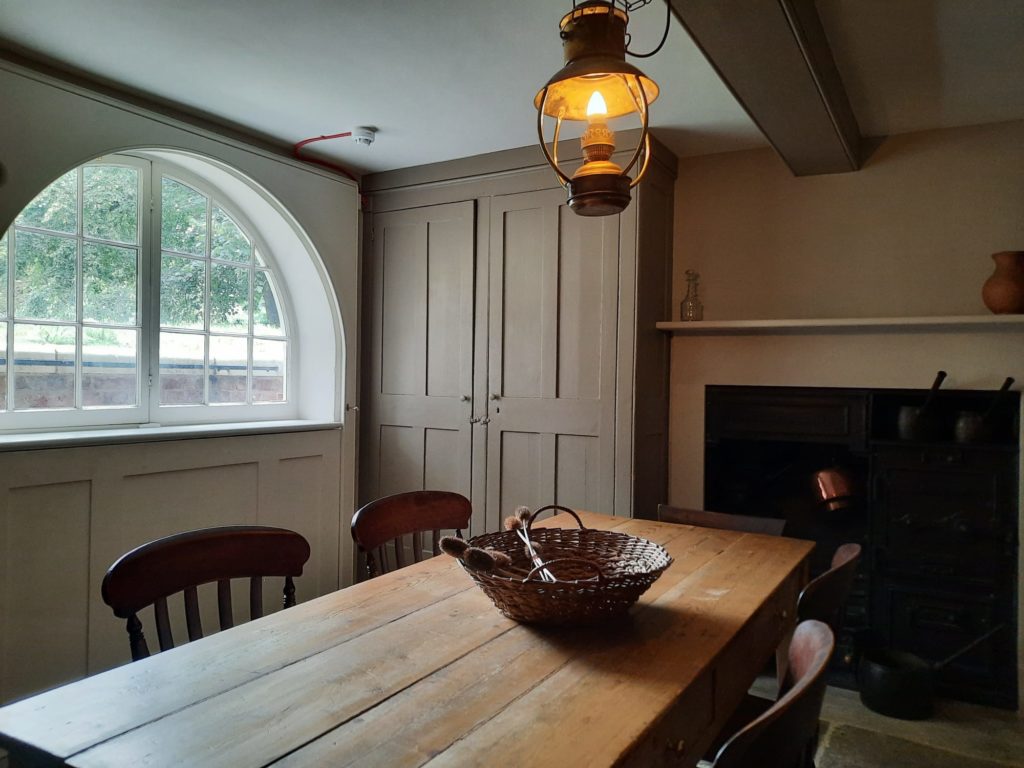
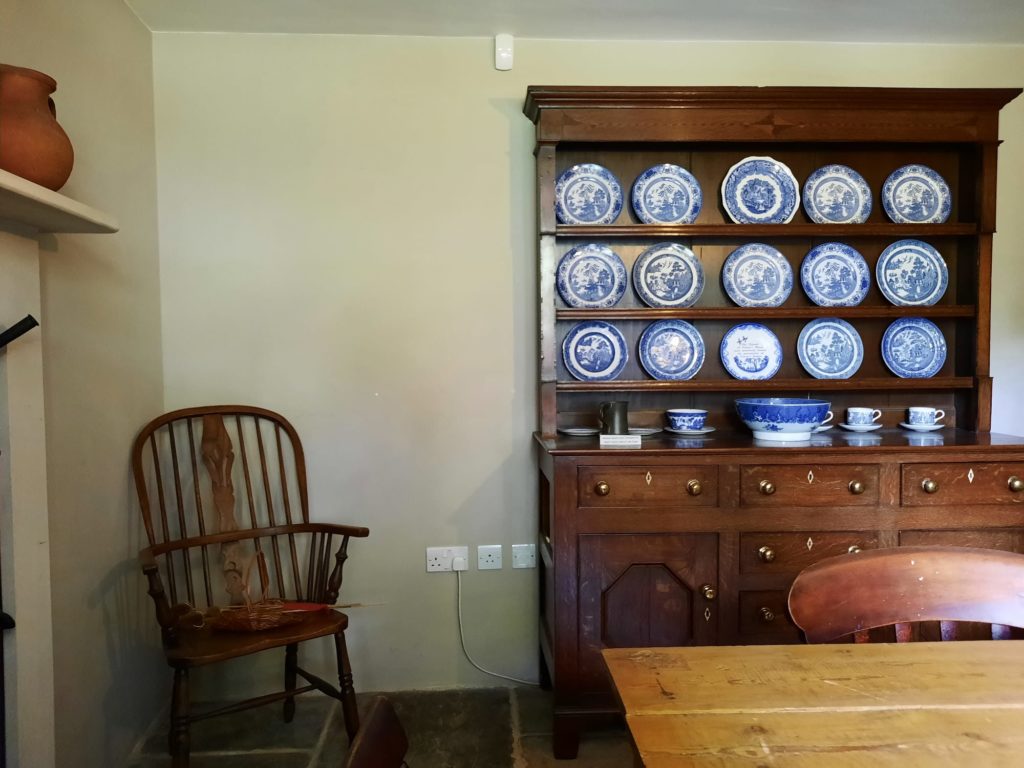
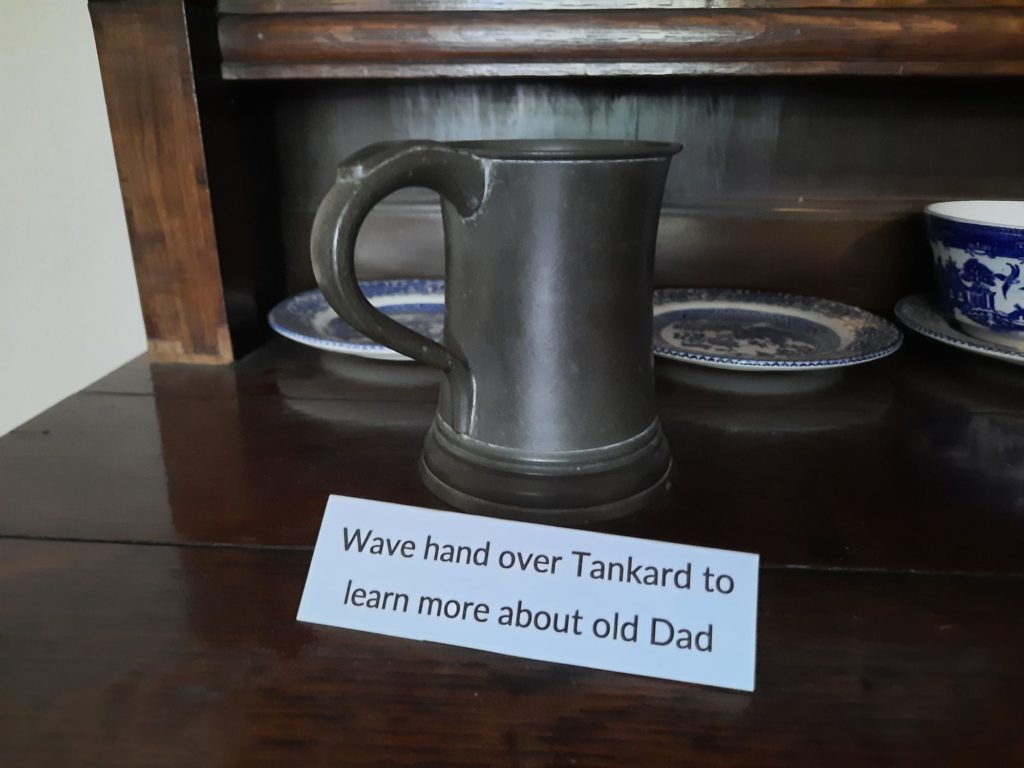
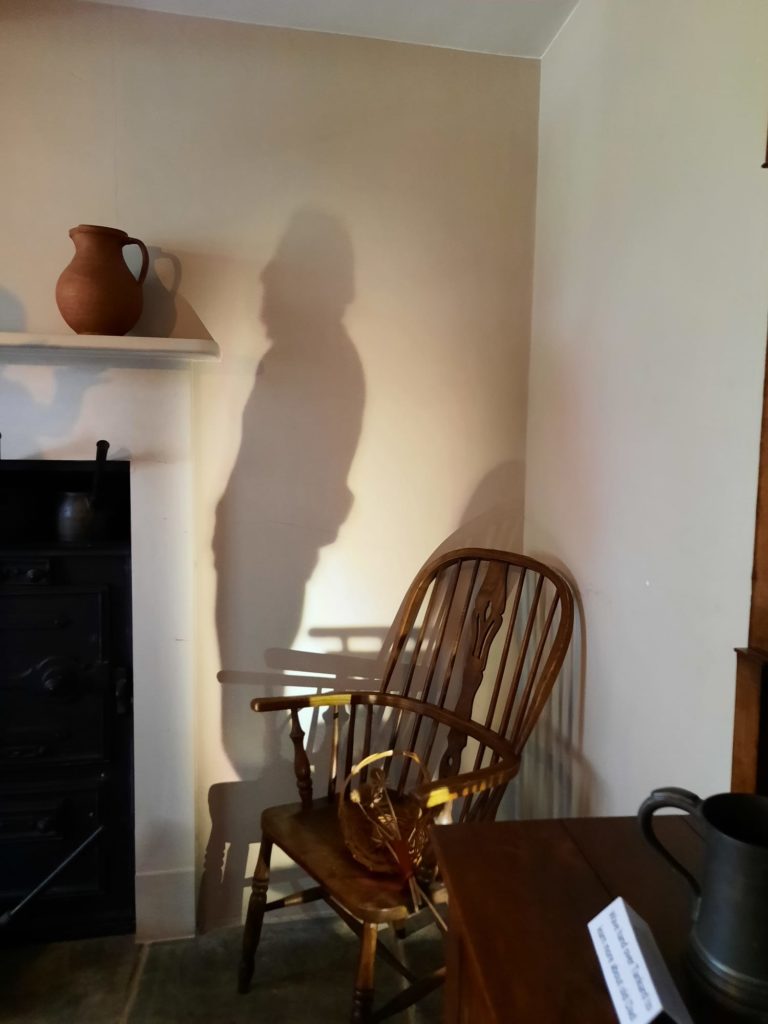
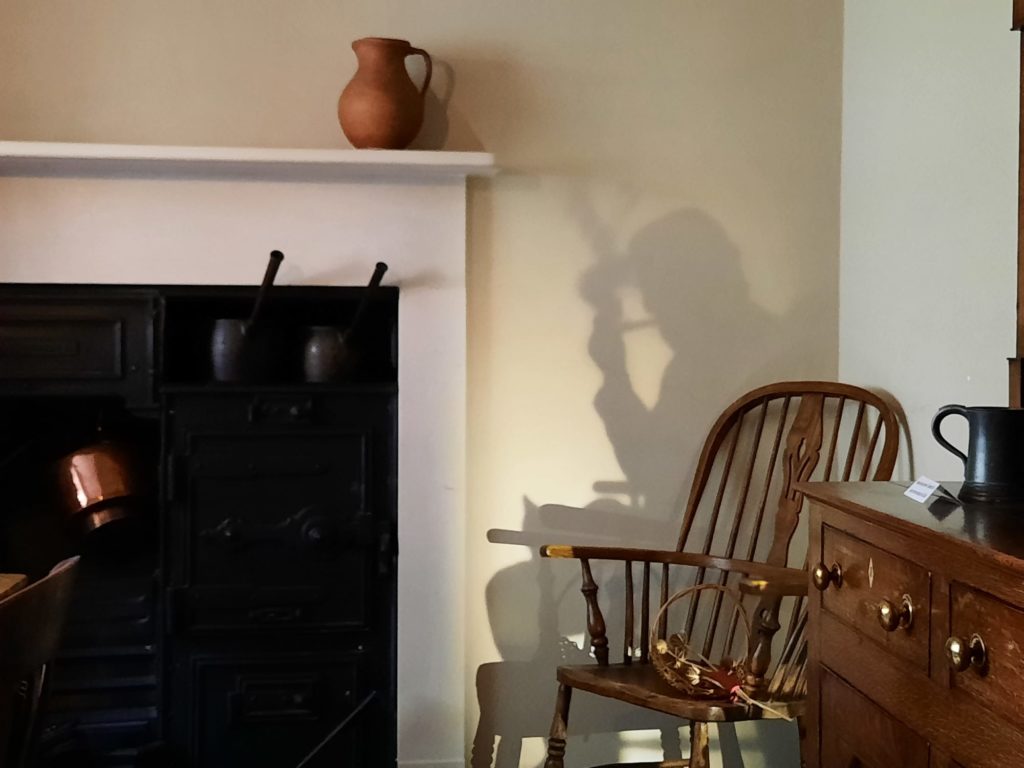
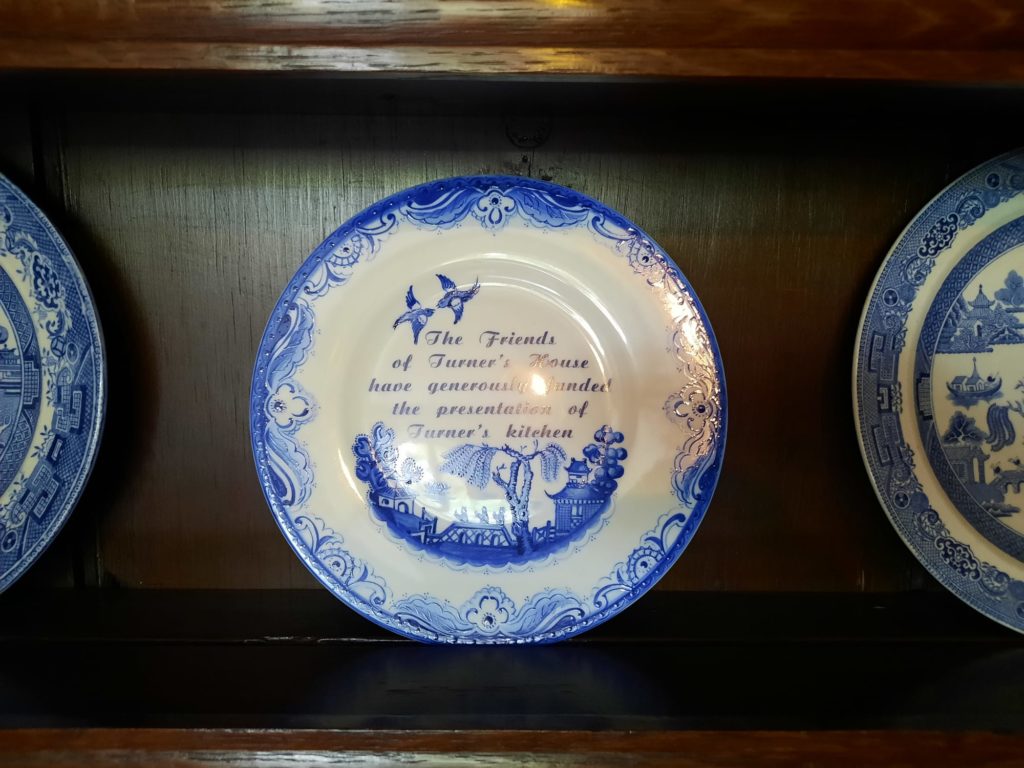
Visiting Turner’s House
There is something quite charming about the visitor experience at Turner’s House. It’s simple and informal in a way that somehow matches the spirit of Turner building his little cottage near the Thames and having Old Dad potter about in it. For starters, Turner’s House opens four hours a day: 12-4, Wednesday to Sunday. There are guided tours (not guaranteed), and the ticket price is the same whether you do one or not. We were able to do a guided tour. Our guide was knowledgeable, adapted the tour to the interest of our group, and we started in the lovely garden.
Inside the house, what must be the biggest room is given over to the shop and reception. The rest of the rooms are sparsely furnished with items indicative of an early 19th century home. The colour scheme also matches the original where possible: careful analysis during renovation has indicated decoration schemes in a few places. It also revealed another Soane touch: like Pitzhanger, Sandycombe Lodge had a painted marble effect in the entrance hall.
In a few places Turner’s House go above and beyond a regular historic home display. For instance, a decal in a downstairs window and telescope in the main bedroom evoke the views from the house in Turner’s day. In the basement kitchen, you can bring a silhouette of Old Dad to life by waving your hand over a tankard. He will then tell you his story, including the amusing anecdote I shared above. One I almost missed was in the dining room: turning the key of the grandfather clock starts off another sound installation. They are all simple yet effective, and bring a sense of Turners Sr and Jr to the home.
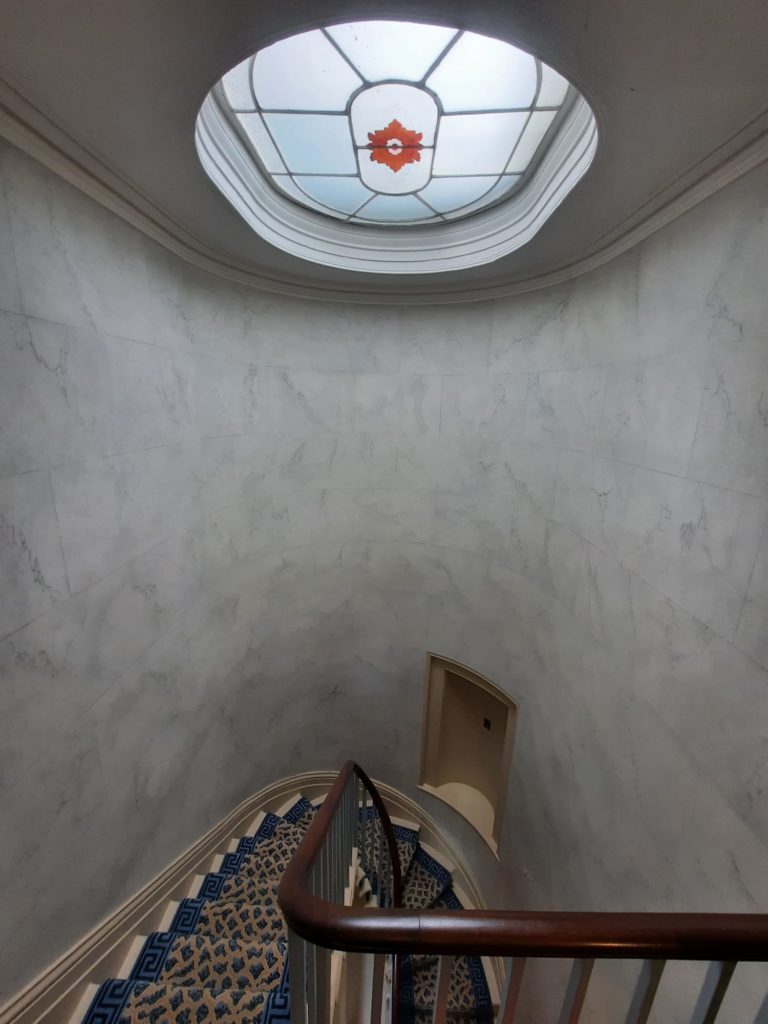
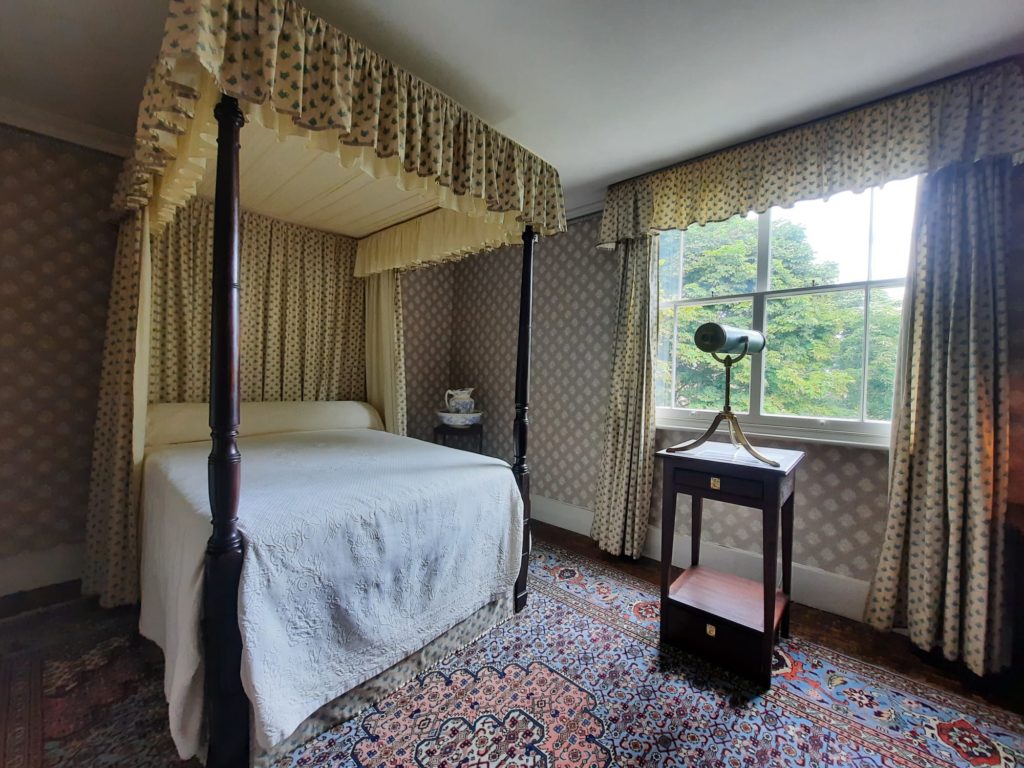
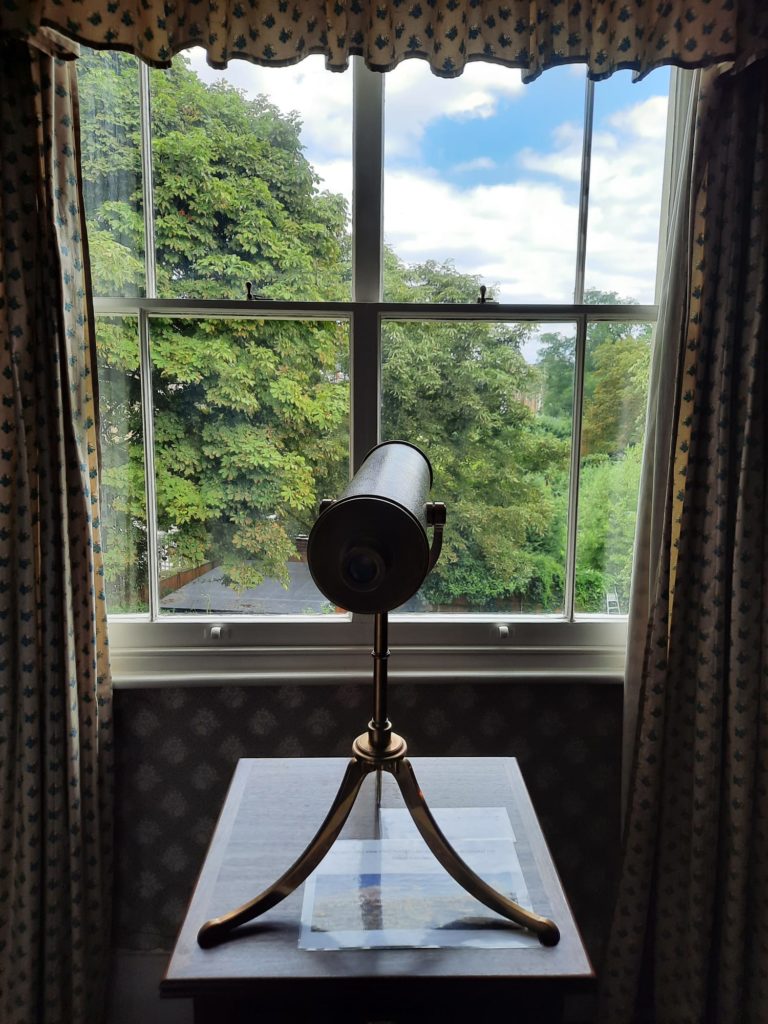
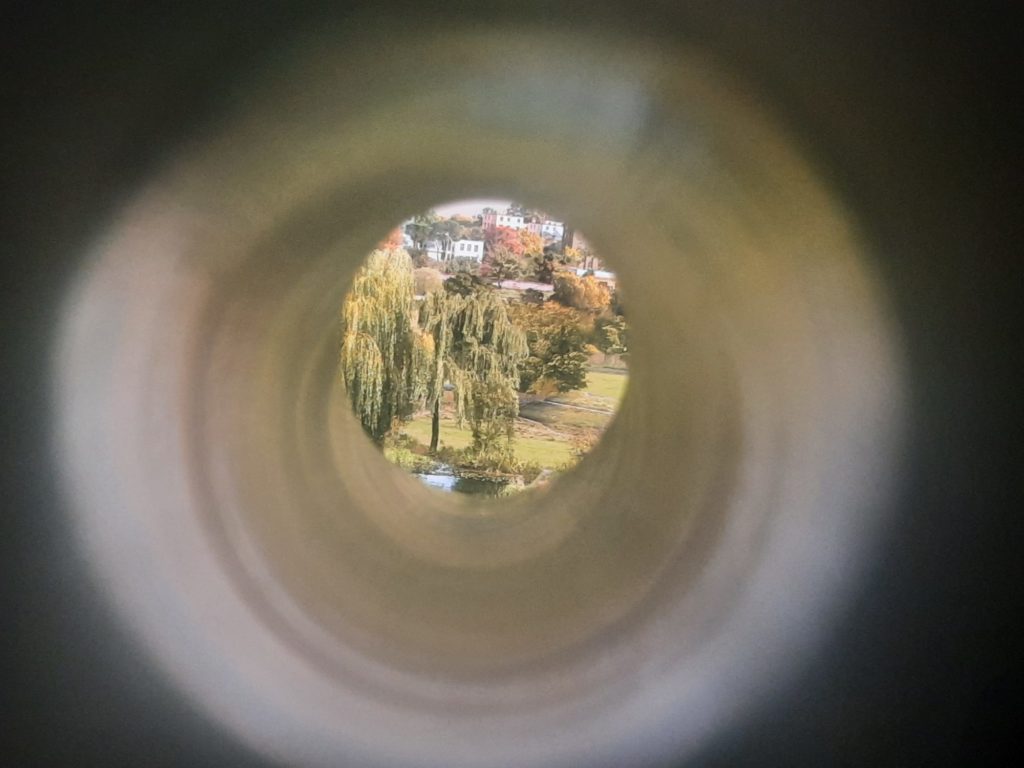
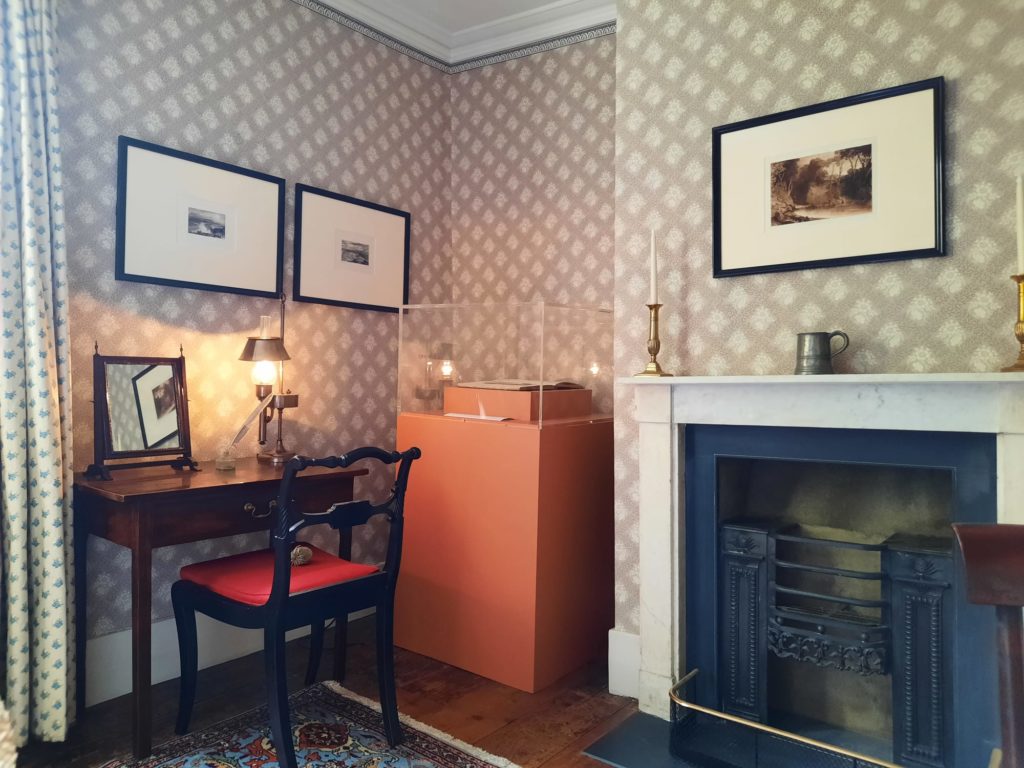
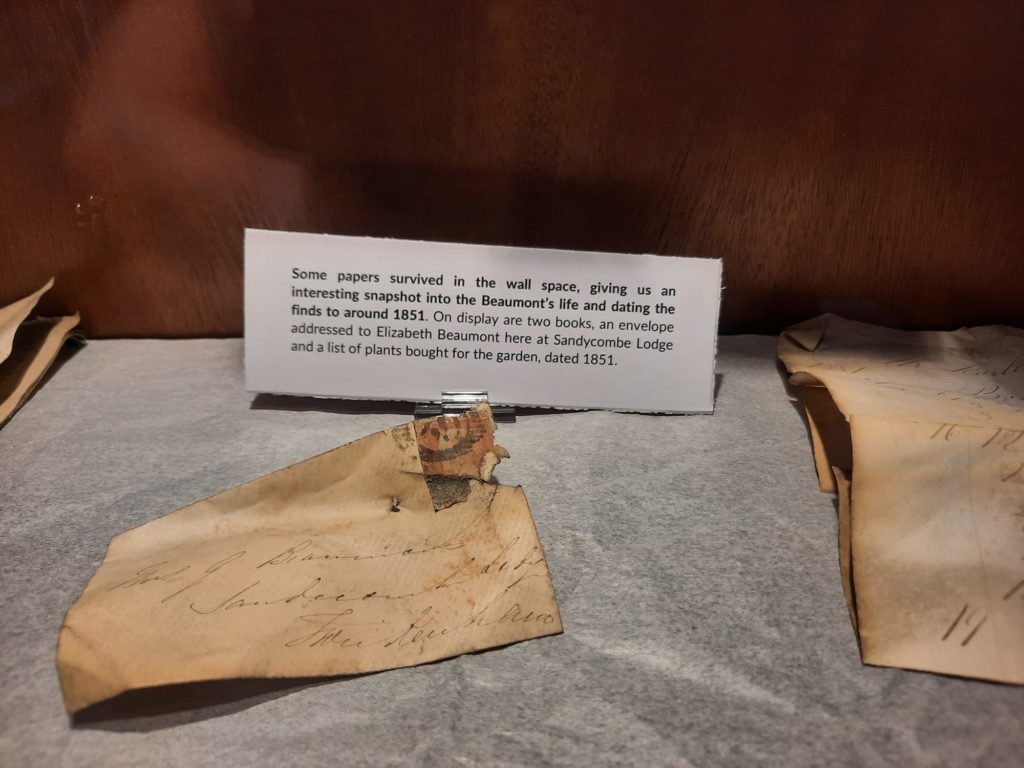
Final Thoughts on Turner’s House
As historic homes go, Turner’s House reminds me of Keats House in North London or Hogarth’s House in Chiswick. Even Pitzhanger Manor, which Soane sold in a huff when his sons disappointed him. There is undeniably that connection to a famous person who lived in this space. But there hasn’t been the continuity of ownership that a lot of stately homes have benefitted from. And so there isn’t much left that’s original. Telling the story becomes a process of historic detective work, guesswork, interpretation and artistic license.
Thanks to the extensive work carried out on Turner’s House, you do get a good sense of what it was like when Turner lived here. It is hard to imagine all those suburbs away and see wide open spaces instead, but the small flourishes I mentioned do help. Flipping through all Turner’s doodles, you can see how the final product was his own vision. And Old Dad is a fabulous character to welcome visitors, you get a real sense of fun and mischief as he introduces his son’s house to you in his own words.
As I’ve mentioned, you can easily combine a visit to Turner’s House with other nearby sights. After our tour, we walked over to Marble Hill and sat in the park, then carried on to the river. A pleasant walk to Richmond, a stop in a pub, and then back across London towards home. I feel this is one place best visited in the spring or summer so you can enjoy a walk in the lovely environs. Otherwise, I recommend it to those with an interest in art, architecture, or unusual historic survivors.
Salterton Arts Review’s rating: 3.5/5
Turner’s House reopens in February 2025
Trending
If you see this after your page is loaded completely, leafletJS files are missing.

